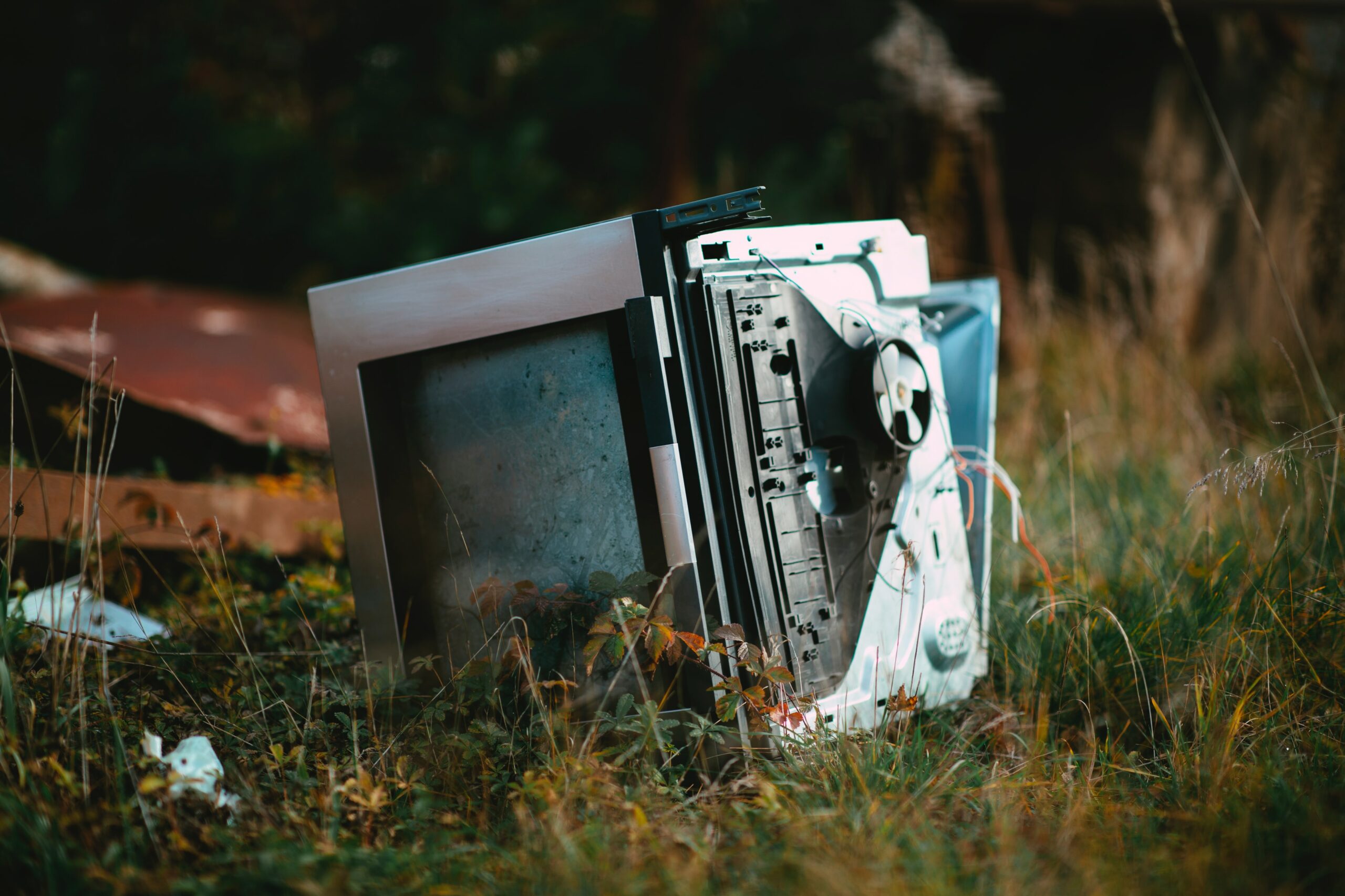People 'n' Issues
How to dispose of
old appliances
The e-waste explosion from discarded electronic devices is becoming a major problem in South Africa.
Mushrooming e-waste from discarded electrical and electronic appliances and devices is becoming a major problem for South Africa.
According to Gauteng’s government website, the country produces around 360,000 tons of e-waste every year, with the province accounting for 55% of that volume.
“Consumers need to be better educated on how to properly dispose of their appliances if we are to avoid an environmental catastrophe,” says Patricia Schröder, spokesperson for the official producer responsibility organisation Circular Energy.
New Extended Producer Responsibility (EPR) legislation puts the onus on importers and/or manufacturers of these products to ensure environmentally sound management of their products which could include recycling of their products. However, the initiative could be severely hampered if consumers don’t know what to do with their old appliances.
What is e-waste?
e-waste comprises most electrical and electronic appliances or devices found in the typical South African household or business. These include domestic appliances, power tools, digital devices and computers, electricity generation and storage devices, lighting, reusable and disposable batteries, cables and the like.
Such appliances and accessories should never be disposed of in normal refuse bins, dumping grounds or landfills. They are likely to contain materials that are potentially explosive, poisonous or otherwise hazardous to humans and animals, and will contaminate surrounding areas as they break down.
Consumers are advised to be wary of companies that encourage them to take appliances to a “smashing centre” to smash the appliance with a bat for fun or to release frustration. This is an unsafe practice and is not legal, according to the National Environmental Management Waste Act of 2008, and could result in fines.
“They require specialised handling, recycling and treatment by suitably qualified persons within safely isolated environments,” says Schröder.
In addition, e-waste lost to landfill means that scarce resources which could have been harvested and recycled must be mined afresh.
How to dispose of appliances
Sure, it is easier to throw an old appliance in the municipal bin or skip. Yet, with a little research, consumers will discover alternatives that are far safer and more environmentally responsible.
Circular Energy, among other, offers a dedicated collection service for used or waste electric or electronic equipment, lighting or lighting equipment, and batteries. Visit the Circular Energy website and navigate to the “click to collect” button to arrange for the collection of e-waste.
Making appliance disposal intuitive
As EPR becomes entrenched in South African industry and retail, consumer education and involvement will be key to controlling e-waste.
It is also imperative that a two-way supply chain is established to ensure that disposal of e-waste is as natural, intuitive and easy as buying an appliance in the first place, says Schröder.
“There’s still a lot of work to be done towards that end but consumers can contribute now by making full use of the avenues already available to them.”

















